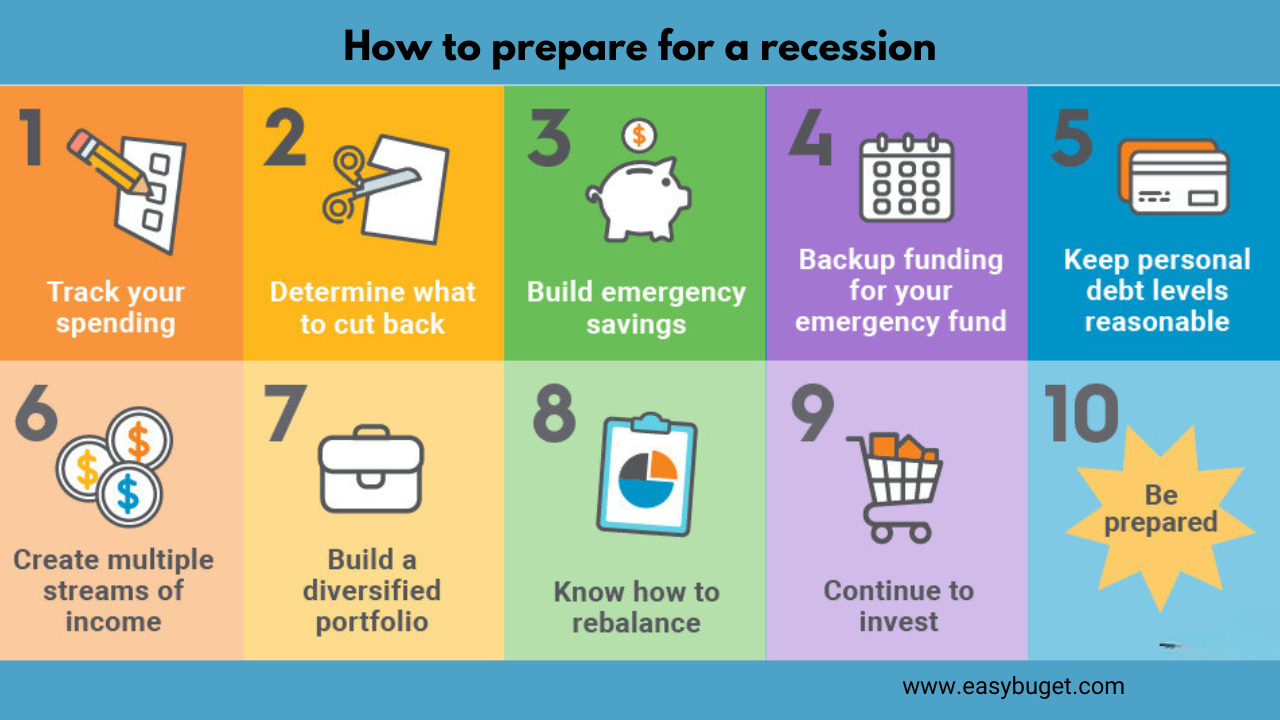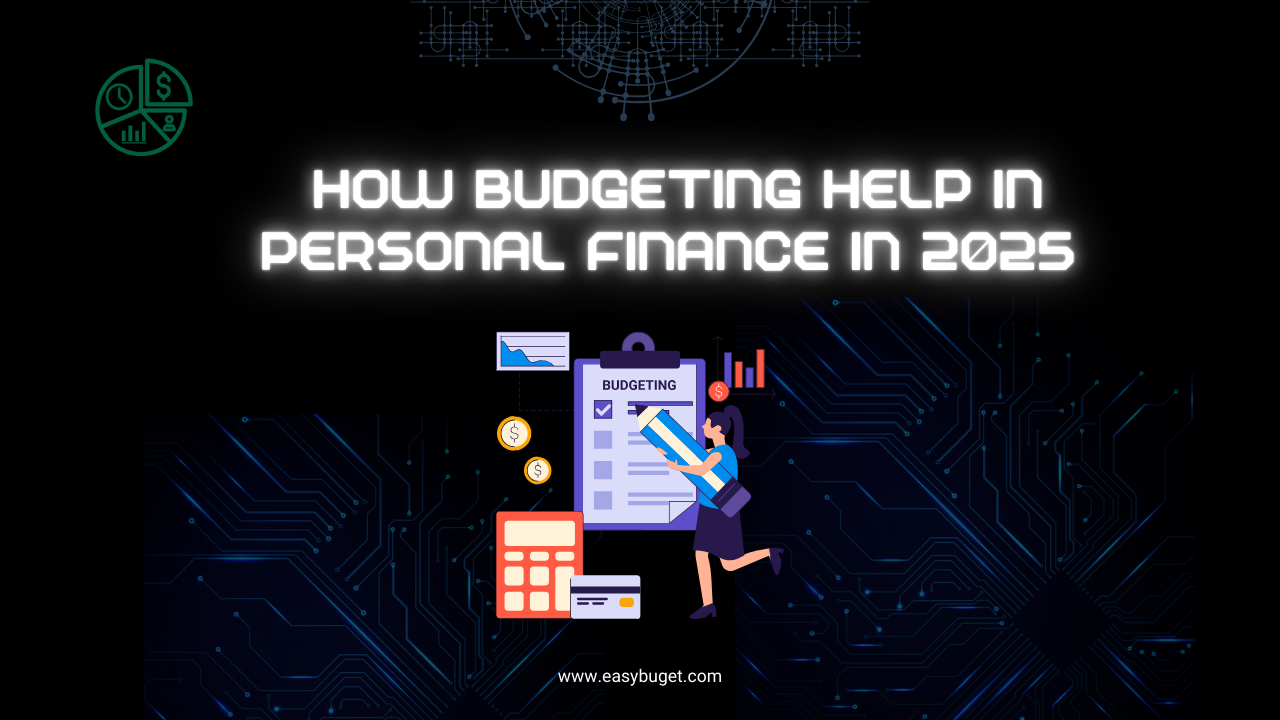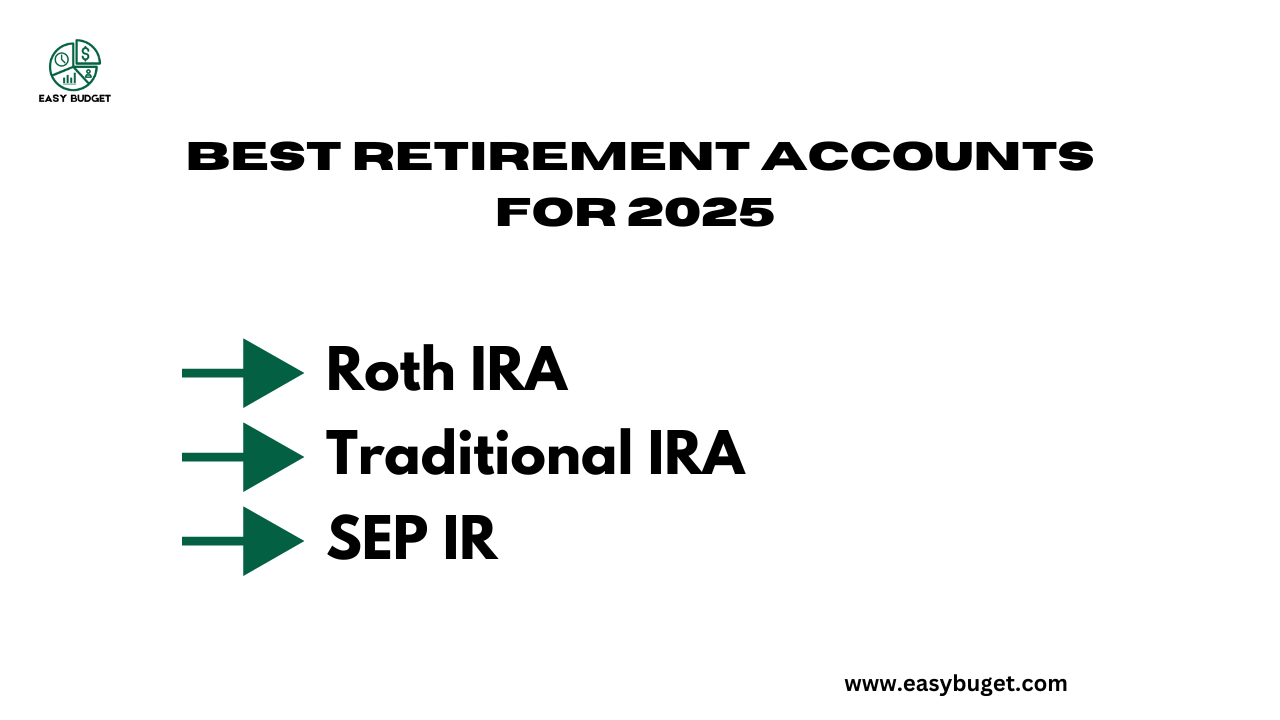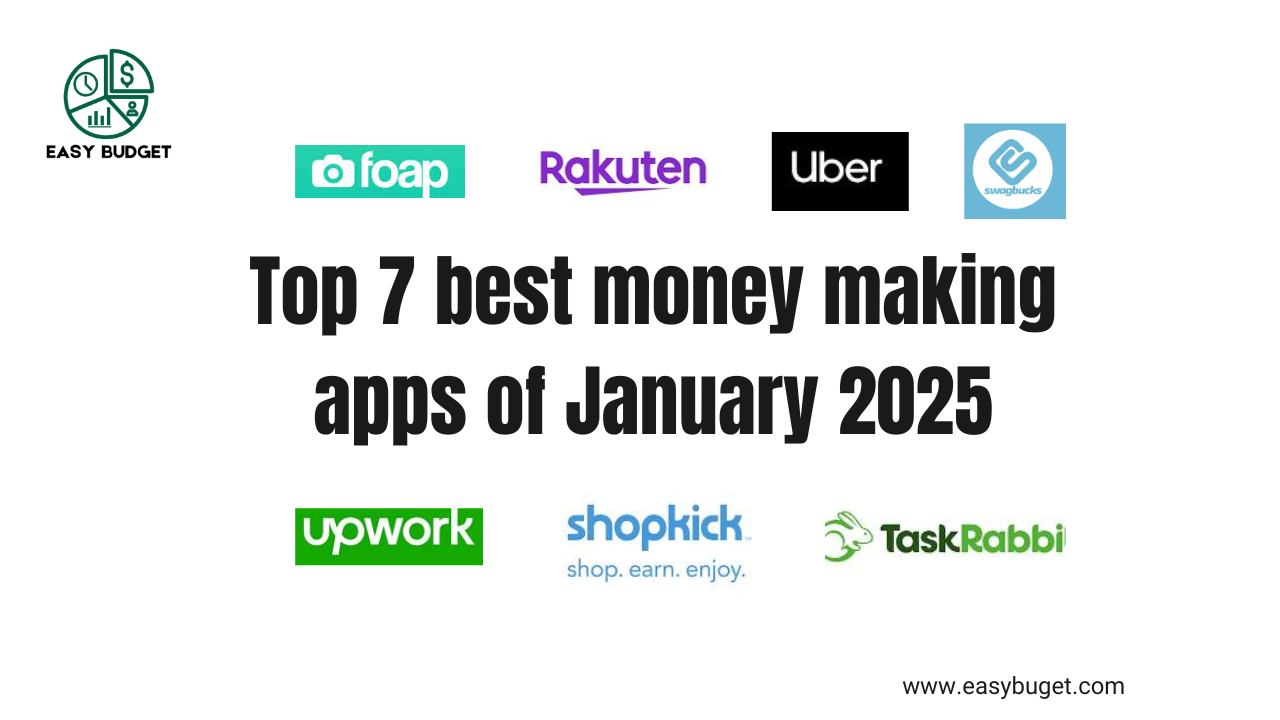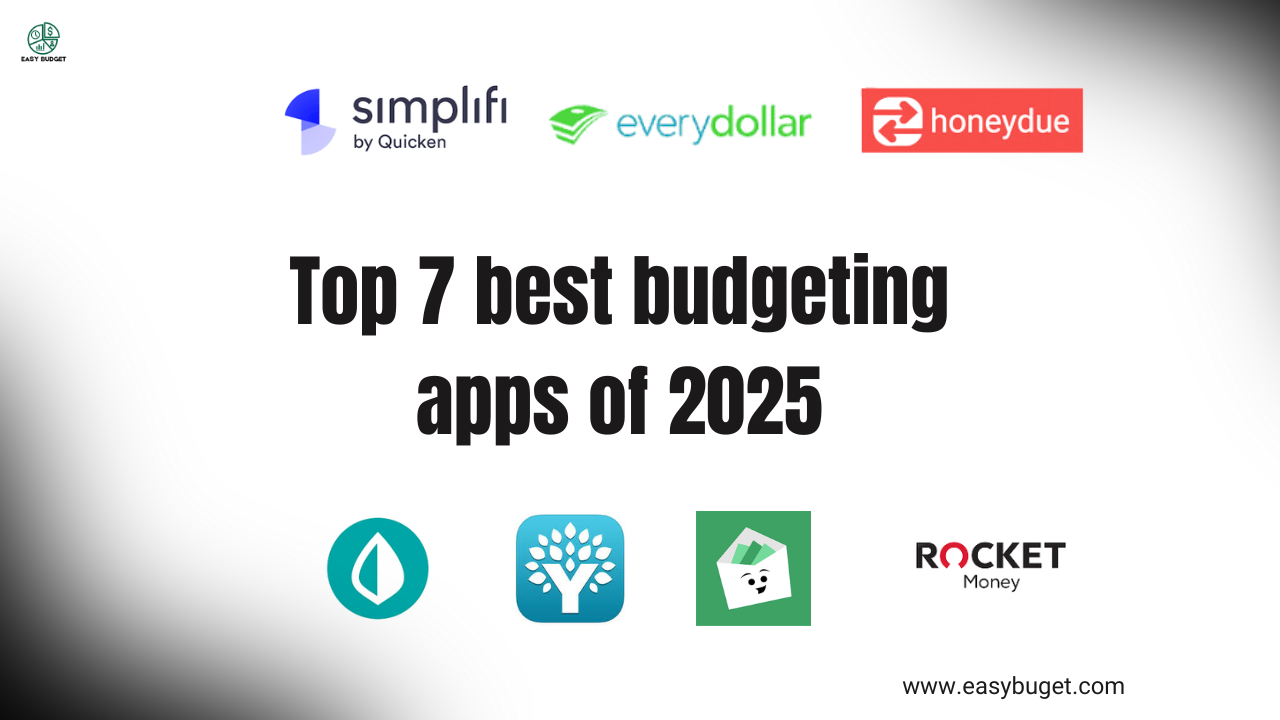how to build wealth on low income may seem challenging, but it is entirely achievable with the right strategies, mindset, and tools. This comprehensive guide offers practical tips to help you create a pathway to financial stability and success, even when your resources are limited.
The importance of mindset and discipline in wealth building
Your journey to wealth starts with your mindset. Your thoughts, habits and discipline are as important as your income when it comes to achieve financial goals. Here’s why:
- The power of small wins: Wealth building is not an overnight process. Setting small, achievable goals—like saving $10 a week—builds momentum and confidence. Celebrate these wins to stay motivated.
- Consistency matters: Regular, disciplined financial habits like budgeting, saving, and investing, no matter how modest can create long-term results. Think of wealth building as a marathon, not a sprint.
- Shift from scarcity to abundance: Focus on possibilities rather than limitations. For instance, instead of thinking, “I can’t afford to save,” ask, “What can I adjust to make saving possible?”
Budgeting Hacks for Low income earners
Budgeting is the foundation of financial stability. By understanding your income and expenses, you can identify areas to save and allocate resources effectively.
- Track Every Dollar: Use apps like Mint, YNAB, or PocketGuard to monitor where your money goes each month. Seeing your spending patterns can reveal hidden opportunities for saving.
- Automate Savings: Set up automatic transfers to a savings account every payday, even if it’s a small amount. Over time, these deposits grow into significant savings.
- Cut Back on Fixed Expenses:
- Refinance Loans: Lower your interest rates by refinancing student loans or personal loans.
- Negotiate Bills: Contact providers to negotiate lower rates for internet, insurance, or phone bills.
- Downsize: Consider a smaller apartment or shared housing to reduce rent.
- Embrace Frugality:
- Use public transportation instead of owning a car.
- Buy second-hand items or shop during sales.
- Leverage community resources like free libraries or local food banks.
Leveraging Small Savings for Investments
Small investments can lead to big returns over time, thanks to compound growth. Here’s how to start investing on a low income:
- Micro-Investing: Apps like Acorns, Robinhood, and Stash allow you to invest as little as $5. Acorns, for example, rounds up your purchases and invests the spare change.
- Employer Retirement Plans: If your employer offers a 401(k), contribute at least enough to get the full match, as it’s essentially free money.
- Roth IRA: Even with a modest income, you can open a Roth IRA. Contributions grow tax-free, and you can start with small deposits.
- Dividend Stocks and ETFs: Look for low-cost Exchange-Traded Funds (ETFs) or dividend-paying stocks. They provide steady returns and are excellent for beginners.
- Crowdfunding Real Estate: Platforms like Fundrise allow you to invest in real estate with as little as $10.
Real-Life Success Stories of Individuals Who Built Wealth from Scratch
Sometimes, seeing how others achieved financial success can inspire and guide you. Here are three real-life examples:
- The Coupon Expert: A teacher earning $28,000 annually used extreme couponing to save on groceries and household items. She invested her $5,000 annual savings into a Roth IRA and built a six-figure retirement account over 15 years.
- The Hustler: A janitor earning minimum wage started a side gig repairing bikes. By reinvesting his profits, he eventually owned a small business earning $70,000 a year.
- The Frugal Minimalist: A factory worker earning $30,000 lived frugally, biking to work, and saving over 50% of his income. By investing in index funds, he retired with over $1 million.
Benefits for Low-Income Single Individuals
Being single and on a low income offers unique challenges, but it also opens the door to benefits that can ease your financial burden:
- Tax Credits:
- Earned Income Tax Credit (EITC): Provides significant refunds for low-income workers.
- Saver’s Credit: A tax break for contributing to retirement accounts.
- Affordable Housing:
- Programs like Section 8 or public housing assistance can reduce rental costs.
- Supplemental Nutrition Assistance Program (SNAP): Helps cover food expenses, freeing up funds for savings.
- Education Grants: Pell Grants and other federal programs can help you access training to increase earning potential.
What is Liheap application?
The Low Income Home Energy Assistance Program (LIHEAP) is a federal program that helps low-income households manage their energy costs.
- Eligibility: Typically based on federal poverty guidelines.
- Benefits: Covers heating, cooling, and weatherization expenses.
- How to Apply: Visit your local LIHEAP office or apply online through your state’s LIHEAP portal. Application requirements often include proof of income, identification, and recent energy bills.
Low-Income Health Care Options
Health care is a significant expense, but several resources can help low-income individuals reduce costs:
- Medicaid: Offers free or low-cost coverage to those who qualify. It covers everything from routine checkups to major surgeries.
- Community Health Clinics: Many clinics offer free or sliding-scale services, including dental and mental health care.
- Health Insurance Marketplace: Subsidized plans through the ACA make insurance affordable for low-income earners.
- Prescription Savings Programs: Use apps like GoodRx to find discounts on medications or check for pharmaceutical assistance programs.
How to Build Wealth on Low Income: Key Strategies
Here’s a step-by-step guide to build wealth when you’re on a tight budget:
- Prioritize an Emergency Fund: Save at least $500 to cover unexpected expenses like car repairs or medical bills. Gradually build this to cover 3–6 months of expenses.
- Start a Side Hustle: Leverage your skills for additional income. Popular options include freelancing, online tutoring, or selling handmade crafts.
- Avoid Debt Traps: Stay away from high-interest payday loans or unnecessary credit card debt. Focus on paying off existing debt using the debt snowball or debt avalanche method.
- Take Advantage of Free Resources: Use libraries, public Wi-Fi, free courses, and community workshops to build knowledge and save money.
Mistakes to avoid when building wealth on low income
- Skipping Budgeting: Failing to track your money leads to overspending and missed savings opportunities.
- Not investing early: Many believe you need a high income to invest, but even small amounts grow over time due to compounding.
- Lifestyle Inflation: Resist upgrading your lifestyle with every raise or bonus. Instead, invest the extra income.
- Ignoring Benefits: Missing out on tax credits, housing assistance, or health care programs leaves money on the table.
- Procrastinating: Starting late reduces the time your money has to grow. Begin now, no matter how small.
Conclusion
Building wealth on a low income isn’t about earning more—it’s about maximizing what you already have. By adopting a wealth-focused mindset, budgeting strategically, leveraging small savings for investments, and utilizing available benefits, you can create a stable financial future. Take small, consistent steps, and remember that every dollar saved or invested brings you closer to your goals.



